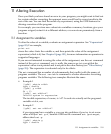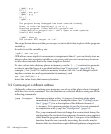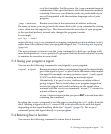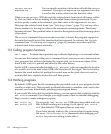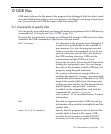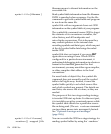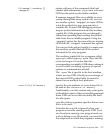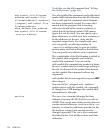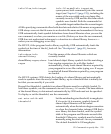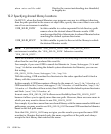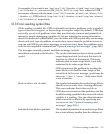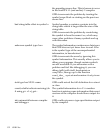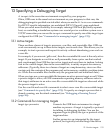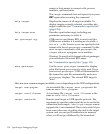option with any of the commands that load
symbol table information, if you want to be sure
GDB has the entire symbol table available.
If memory-mapped files are available on your
system through the mmap system call, you can
filename [ -readnow ] [
-mapped ]
use another option, `-mapped', to cause GDB to
write the symbols for your program into a
reusable file. Future GDB debugging sessions
map in symbol information from this auxiliary
symbol file (if the program has not changed),
rather than spending time reading the symbol
table from the executable program. Using the
`-mapped' option has the same effect as starting
GDB with the `-mapped' command-line option.
You can use both options together, to make sure
the auxiliary symbol file has all the symbol
information for your program.
The auxiliary symbol file for a program called
myprog is called myprog.syms. Once this file
exists (so long as it is newer than the
corresponding executable), GDB always attempts
to use it when you debug myprog; no special
options or commands are needed.
The `.syms' file is specific to the host machine
where you run GDB. It holds an exact image of
the internal GDB symbol table. It cannot be
shared across multiple host platforms.
core-file [ filename ]
Specify the whereabouts of a core dump file to
be used as the contents of memory.
Traditionally, core files contain only some parts
of the address space of the process that generated
them; GDB can access the executable file itself
for other parts.
core-file with no argument specifies that no core
file is to be used.
Note that the core file is ignored when your
program is actually running under GDB. So, if
you have been running your program and you
wish to debug a core file instead, you must kill
the subprocess in which the program is running.
12.1 Commands to specify files 127



